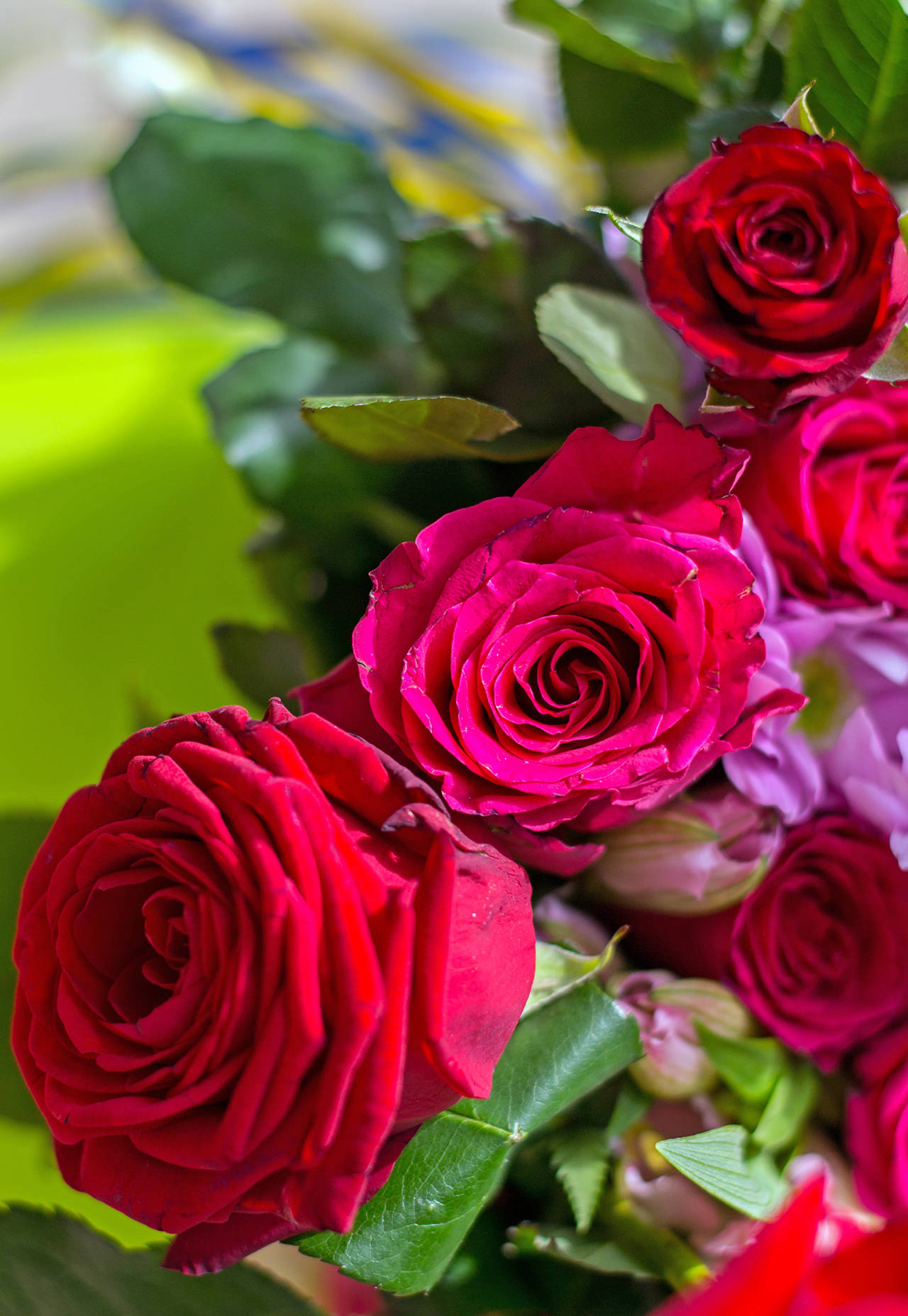By Mary Shane
WSU Master Gardener
When I lived in California’s San Joaquin Valley, I saw how popular roses are at Valentine’s Day. A few days before the holiday, a full-size refrigerated trailer would park behind a florist shop at a busy intersection in Fresno. It was full of roses, all of which the florist would sell by the end of the day on Feb. 14.
But how did the rose become so popular at a time of the year when virtually none is in bloom in the United States — or, indeed, in many places where the holiday is celebrated?
Valentine’s Day evolved from the Roman feast of Lupercalia into a holiday devoted to St. Valentine, after his martyrdom in 269 AD. He was arrested and imprisoned upon being caught marrying Christian couples and otherwise aiding Christians, who were at the time being persecuted by the Roman Emperor Claudius. Valentine was martyred and later buried at a Christian cemetery on Feb. 14, and that date has been observed as the Feast of St. Valentine since 496 AD.
During his reign (1660-85), England’s King Charles II traveled to Persia, where he was introduced to the language of flowers. Using flowers as a means of communication without the use of words continued its popularity during the Victorian era, when flowers were given as a symbol of one’s feelings. This is called “floriography.”
Roses of different colors had different meanings. Roses in general signified love, but there were more detailed meanings depending on the color. (Yellow, as an example, meant jealousy or a “decrease of love.”)
The red rose is affiliated with Aphrodite, the goddess of love. In Greek mythology, it is said that rose bushes grew from the ground through Aphrodite’s tears and the blood of her lover, Adonis. The Romans, who turned Aphrodite into their goddess Venus, kept the rose as her symbol of love and beauty.
Today, the red rose continues to stand for an expression of love, and growers hold back the bloom in order to guarantee they will not be in full flower on Valentine’s Day.
In the past, florists relied upon flowers grown close to the market, since the flowers did not last long; and it is always preferred that a rose bouquet open shortly after delivery, not in transit. There was an extraordinary flower industry in the Netherlands that supplied Europe, and similar hothouses in parts of the United States.
But the “cold chain” supply — that is, being able to keep flowers in suspended growth — allows flowers to be shipped from parts of the world where labor is less costly than in the United States, for example. Colombia and Ecuador now supply the bulk of flowers bought in the U.S., while Ethiopia and Kenya provide many flowers for Europe. Industries have grown in Malaysia, Zimbabwe, India, Mexico and China as well.
In the United States, an estimated 250 million roses are sold just for the February holiday each year.
According to UPS, the company flew in enough flowers last year to fill 70 Boeing 767s. Most of those flowers arrived from Latin America. Temperature-controlled planes and trucks keep the flowers cool during the journey. Once on the ground in Miami, the flowers are offloaded into a refrigerated warehouse cooler the size of about five basketball courts for customs inspection.
If your Valentine gift will be a bouquet of red roses, it is worth remembering the story of how Aphrodite caused the white roses at her feet to turn red when she rushed to her lover Adonis. While running, she pricked her foot on the thorns of a white rose and stained the flower with her blood; the rose turned red. It is said that this was the first red rose ever to appear on Earth, and it has stood for passionate love ever since then.
As Valentine’s Day draws near, be assured that there will be an abundance of red roses for your loved one. They are soon to be picked from Latin America and placed in cold storage for their upcoming trip to a florist near you.
* * *
Mark your calendar for the 2020 Grays Harbor Master Gardener Home and Garden Show, May 16-17. The always popular Ciscoe Morris will be there Sunday, May 17.
Mary Shane finished WSU Master Gardener training in 1998. She gardens on a third of an acre overlooking the Sylvia Creek Valley.


